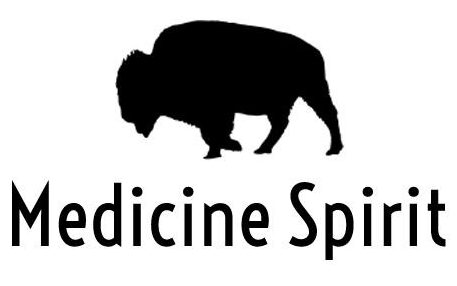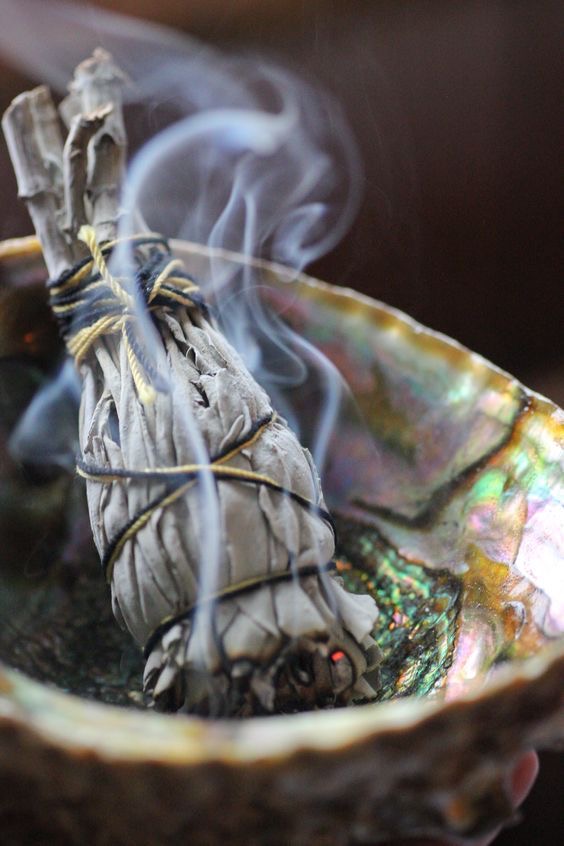A safe sacred medicine ceremony is one that honors the integrity of the tradition, prioritizes the well-being of participants, and creates a supportive environment for deep healing and transformation. Here are the key elements that define a safe ceremony:
1. Experienced and Ethical Facilitation
• Led by a trained, experienced, and reputable shaman, facilitator, or healer who understands the medicine, its effects, and how to guide participants through the journey.
• Ethical integrity, ensuring no abuse, coercion, or misconduct.
• A deep connection to the lineage or tradition they practice.
2. Proper Screening & Preparation
• Health screenings to assess potential risks, including psychological history, medications, and medical conditions that may interact with the medicine.
• Clear guidance on dieta, intention setting, and pre-ceremony preparation.
• Informed consent—participants fully understand what they are engaging in.
3. Safe and Supportive Environment
• A sacred, clean, and energetically protected space that promotes healing.
• Adequate facilitators and helpers to assist those in need.
• Respect for the ceremonial process, ensuring a distraction-free setting.
4. Medical and Emergency Readiness
• Knowledge of how to handle medical or psychological emergencies.
• Access to first-aid resources and a clear protocol for serious situations.
• A safe ratio of facilitators to participants for close monitoring.
5. Post-Ceremony Integration Support
• Guidance on processing and integrating the experience into daily life.
• Availability of support, whether through the facilitator, integration circles, or therapists trained in plant medicine work.
• Encouragement of practices that help ground insights, such as journaling, meditation, or therapy.
A safe ceremony respects the medicine, the participants, and the tradition while fostering healing, self-discovery, and transformation in a way that minimizes risks.



